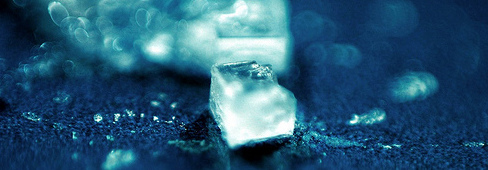As this year draws to a conclusion, and I look ahead to the coming changes in physics education (yes I’m looking at you college board and NGSS), I’m beginning to look ahead to how I might change what I’ve done to meet these new standards. Please note, I’ve only taught with Modeling Instruction for one year now, but maybe my fresh eyes will be beneficial in bridging the between the traditional modeling curriculum and what will be needed in the future courses.
Over the next few weeks, I’m hoping to add more posts to fill in more details, but here’s what I’m thinking so far the what I can put together for a physics class (assuming there is still such a thing) from the NGSS:
Unit I: Scientific Methods/Intro to Modeling/Constant Velocity Particle Model
Paradigm Lab: Buggy Lab
Objective: to determine the graphical and mathematical relationship between position and time for a toy buggy.
Unit II: Constant Acceleration Particle Model
Paradigm Lab: Cart on incline plane
Objective: to determine the graphical and mathematical relationship between position and time for a cart moving down a ramp.
Here’s where I possible get a little crazy. In an effort to break up two big projects I think I’ll need to do for NGSS, I’m splitting momentum from energy. The two big projects are an Egg Car project and a Rude Goldberg project. I’m thinking by doing this, I’ll have 1 project each quarter instead of two very close together. I’m not definite about this, but figured I’d throw it out there and see if I can get any feedback positive or negative from more experienced modelers.
Unit III: Momentum Transfer Model
Paradigm Lab: Cart Explosion
Objective: to determine the graphical and mathematical relationship between the ratio of velocities to the ratio of masses when two carts explode apart.
Unit IV: Balanced Forces Particle Model (w/ universal gravitation)
Activities: bowling ball games, Universal Gravity Simulation
Paradigm Lab: Gravitational Field Lab
Objective: to determine the graphical and mathematical relationship between mass of an object and its weight.
Unit V: Unbalanced Forces Particle Model
Activity: Ball toss
Paradigm Lab: Modified Atwood Machine
Objective: to determine the graphical and mathematical relationship between Force, mass, and acceleration
Unit VI: Energy Transfer Model
Paradigm Lab: Cart “Launch”
Objective: to determine the graphical and mathematical relationship between compression of a spring, maximum velocity, and maximum height of a cart launched up an inclined plane.
Unit VII: Oscillating Particle Model
Paradigm Lab: Bouncing mass on spring
Objective: to determine the graphical and mathematical relationship between amplitude, mass, and spring constant with period.
Unit VIII: Mechanical Wave Model
Paradigm Lab: Snakey Lab
Objective: to determine the graphical and mathematical relationship between pulse length, pulse amplitude, and tension with wavespeed in a snakey spring.
Activities: water tray waves, speaker interference
Unit IX: Electrically Charge Particle Model
Activities: Sticky Tape
Paradigm Lab: Balloon Lab
Objective: to determine the graphical and mathematical relationship between charge, distance, and electric force
Unit X: Magnetic Particle Model
Paradigm Lab: Field cause by a current carrying wire
Objective: to determine the graphical and mathematical relationship between current, distance from the wire, and magnetic field for a wire carrying a direct current
Activities: Mapping the magnetic field of a bar magnet
Unit XI: ElectroMagnetic Wave/Particle Model
Paradigm Lab: ????
So far, I’m stuck. I’m not sure what lab to do. From what I can tell, NGSS doesn’t have any focus on optics, rather on using EM waves to transmit information. In the end, to me this unit needs to show that we need both a particle and a wave model to show different aspects of EM behavior, but other than specifying interference, diffraction, and the photoelectric effect, all other standards are about information.
